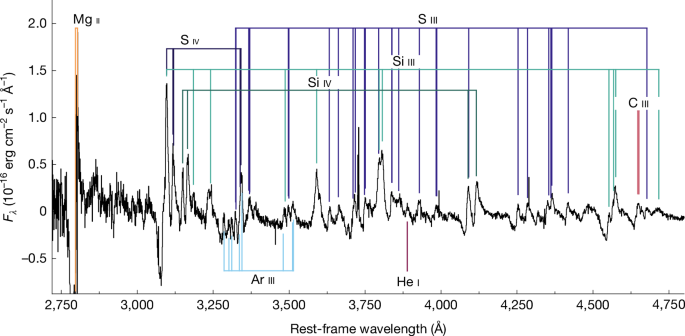NAIROBI, Kenya (AP) — Scientists report a rhino was impregnated through embryo transfer, marking the first successful use of a method that could potentially help save the nearly extinct northern white rhino subspecies. The experiment was carried out using the less endangered southern white rhino subspecies. Researchers created an embryo in a lab from collected eggs and sperm from rhinos and then transferred it into a southern white rhino surrogate mother at the Ol-Pejeta Conservancy in Kenya. The group stated Wednesday that “The successful embryo transfer and pregnancy are proof of concept and allow (researchers) to now securely move to the transfer of northern white rhino embryos — a crucial step in the mission to save the northern white rhino from extinction.”
However, the pregnancy was only discovered after the surrogate mother died in November 2023 due to a bacterial infection. The rhino was infected with spores from the clostridium strain released from the soil by floodwater, and the embryo was found during a post-mortem examination.
Female northern white rhinos Fatu, 19, right, and Najin, 30, left, the last two northern white rhinos on the planet, graze in their enclosure at Ol Pejeta Conservancy, Kenya, on Aug. 23, 2019. (AP Photo/Ben Curtis, File)
Nevertheless, the researchers remained hopeful about their findings, though some conservationists doubt whether the breakthrough has come in time to save the northern white rhino.
“Now we have clear evidence that a frozen embryo, produced in a test tube, can produce new life, and that is what we want for the northern white rhino,” said Thomas Hildebrandt, the lead researcher and head of the Department of Reproduction at BioRescue. Around 20,000 southern white rhinos are still present in Africa. This subspecies, along with the black rhino, has been recovering from significant population reduction due to poaching for their horns.
However, the northern white rhinoceros subspecies has only two known members left in the world.
Female northern white rhinos Fatu, 19, left, and Najin, 30, right, the last two northern white rhinos on the planet, graze in their enclosure at Ol Pejeta Conservancy in Kenya on Aug. 23, 2019. (AP Photo/Ben Curtis)
Najin, a 34-year-old, and her 23-year-old offspring, Fatu, are both unable to naturally reproduce, according to the Ol-Pejeta Conservancy where they reside. The last male white rhino, Sudan, was euthanized in 2018 at the age of 45 due to age-related complications. He was Najin’s sire. Scientists preserved his semen, as well as that of four other deceased rhinos, with the hope of using them in in vitro fertilization with eggs from female northern white rhinos to produce embryos that will be carried by southern white rhino surrogate mothers.
Some conservation groups have argued that it is likely too late to save the northern white rhino with in vitro fertilization, as the species’ natural habitat in Chad, Sudan, Uganda, Congo and Central African Republic has been devastated by human conflict. Skeptics suggest that efforts should focus on other critically endangered species with a better chance at survival. “The news of the first successful embryo transfer in a rhino is an exciting step, however it sadly comes too late to recreate a viable population of northern white rhinos,” said Dr. Jo Shaw, CEO of Save the Rhino International. Shaw emphasized that her group continues to prioritize addressing the two main threats to the five species of rhino worldwide — poaching for their horns and the loss of habitat due to development. “Our best hope remains to work with the range of partners involved to give rhinos the space and security they need to thrive naturally,” she said.
Her group stated that it continues to advocate for natural breeding to increase numbers. It pointed to the example of the Sumatran rhino, which has fewer than 80 animals remaining. According to the group, two calves were born through natural reproduction last year.___Corrects previous version of this story that said pregnant rhino is alive and expected to give birth by the end of next year.___Follow AP’s Africa coverage at












